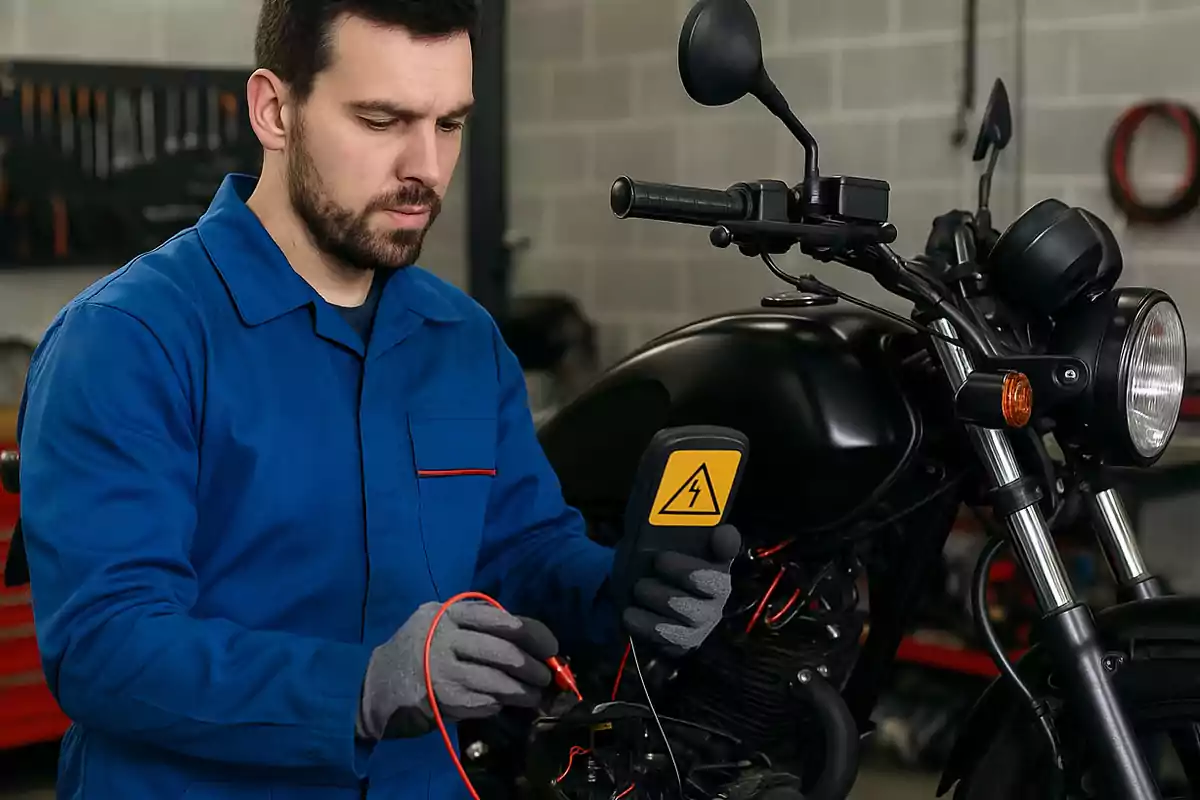
Confirmed: the secrets to prevent the most annoying breakdowns on your motorcycle
Electrical breakdowns in motorcycles are among the most feared problems for any motorcyclist
Few things are more frustrating than turning the key and discovering that the motorcycle won't start. Or that an electrical component has stopped working. Unlike a mechanical failure, detecting an electrical problem in a motorcycle can be much more complex.
With components like brakes or suspensions, it's easy to see what's happening, because there are moving parts, friction, or visible conduits.
Electricity, on the other hand, is invisible, and that makes both detection and prevention of breakdowns more difficult.
Even so, there are electrical maintenance tips for motorcycles that help reduce the risk and extend the life of the system.
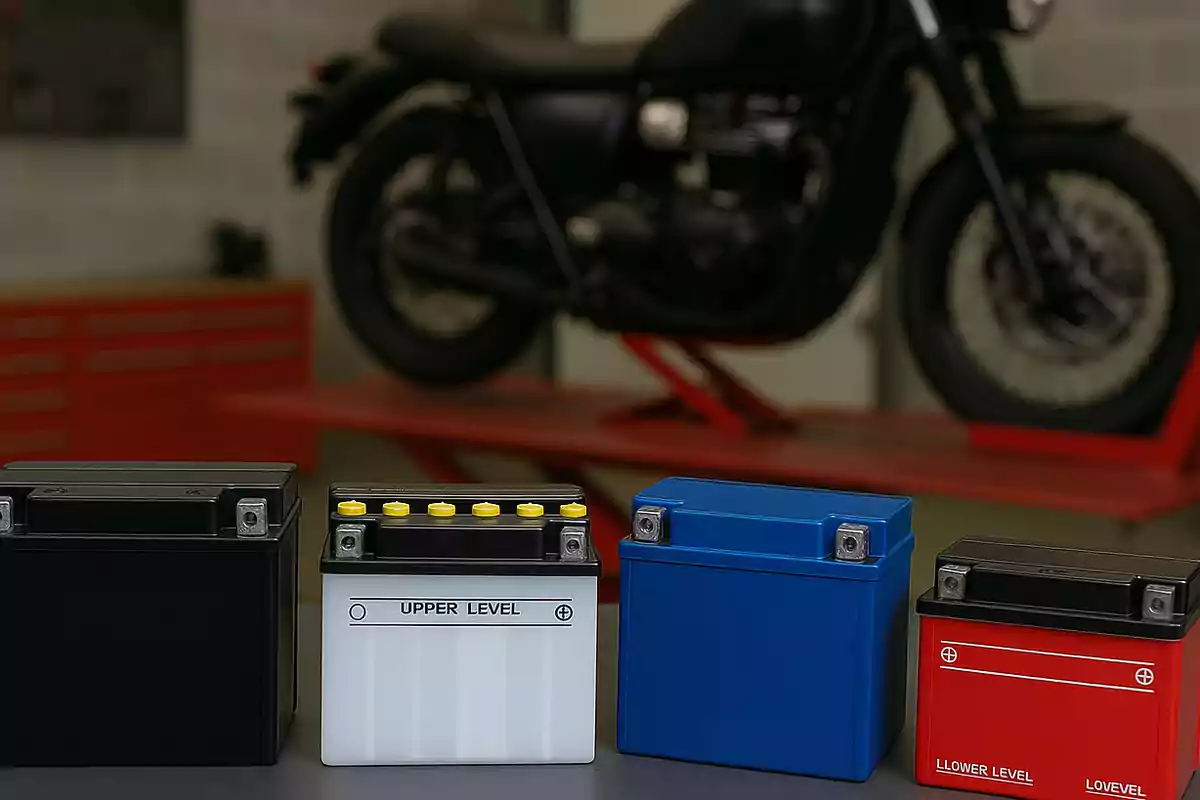
The battery: inevitably, it will run out
No battery lasts forever. Under normal conditions, its lifespan is about three or four years.
Lithium batteries can last longer, but their price can be three times higher than a conventional one and, in addition, they can be incompatible with your motorcycle.
To maximize the life of your motorcycle's battery, you can take these precautions:
-Avoid unnecessary consumption when starting: if your model allows you to turn off the lights, do so before turning on the ignition.
-Protect it from extreme cold: low temperatures accelerate its wear. In winter, a battery maintainer is a good investment.
-Monitor electrical accessories: alarms, heated grips, or additional lights increase consumption. Install only quality products and have them installed by professionals.
-Use the battery recommended by the manufacturer: avoid capacity or fitting problems.
-Charge it correctly: an inadequate charger can damage it. If you don't use adjustable chargers, choose an automatic and compatible one.
-Replace it on time: if you notice signs of exhaustion after three years, don't wait until you're stranded.
-Be careful with lithium batteries in older motorcycles: although they offer advantages like lower weight and longer lifespan, not all motorcycles are prepared for them. These batteries have an internal electronic charge management system that can conflict with the motorcycle's regulator. This mismatch can cause overcharging and failures in the electrical system.
Before installing a lithium battery in a classic motorcycle or in a model with an old charging system, make sure they're compatible.
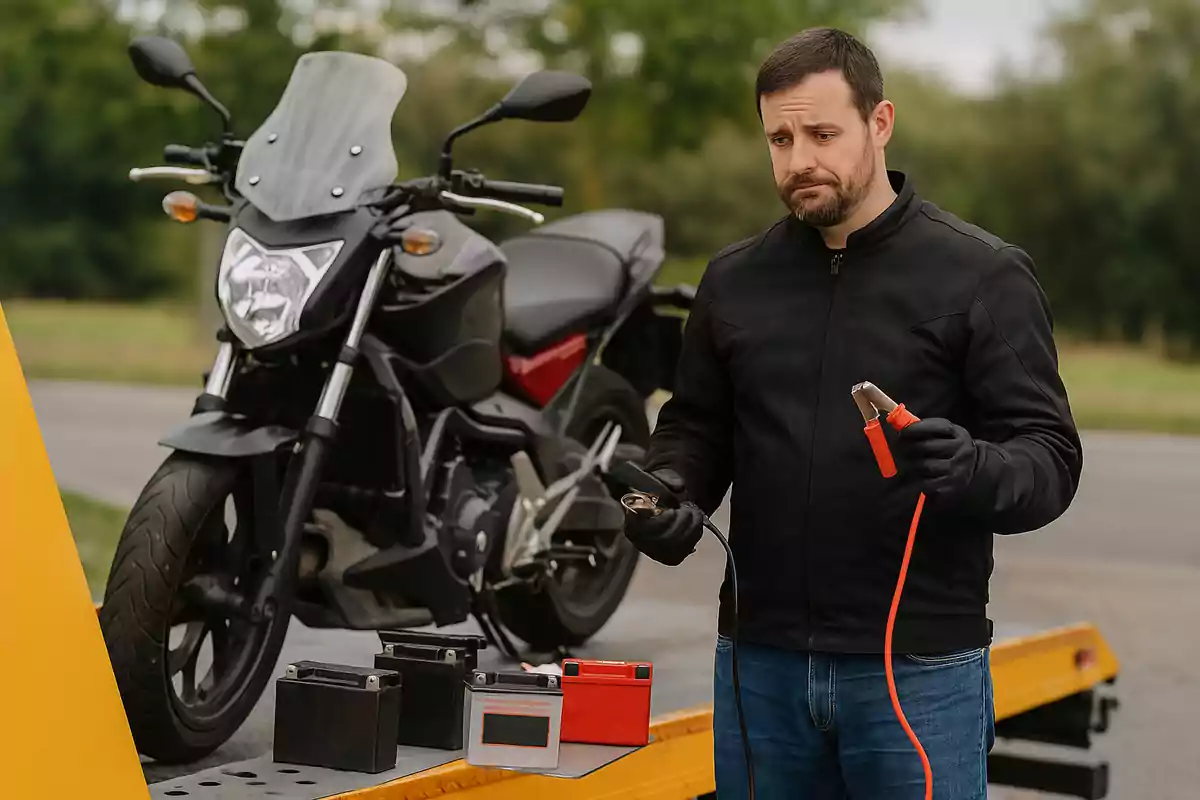
Alternator, coils, and ignition: failures that are hard to predict
First and foremost, let's focus the conversation: if we're talking about ignition, we're not talking about starting. No, they're not the same.
The starting system is simply what helps you start the engine.
The ignition system is what makes the spark fire at the right moment in every engine revolution when it's running.
Failures in a motorcycle's ignition system are usually sudden and costly. In addition, they cause the motorcycle to not work at all.
The worst part is that they're not easy to prevent or detect in time, but you can recognize certain symptoms.
Meanwhile, you have the charging system: alternator, regulator-rectifier, and other elements that keep the battery charged. A failure here leaves you on the shoulder waiting for the tow truck.
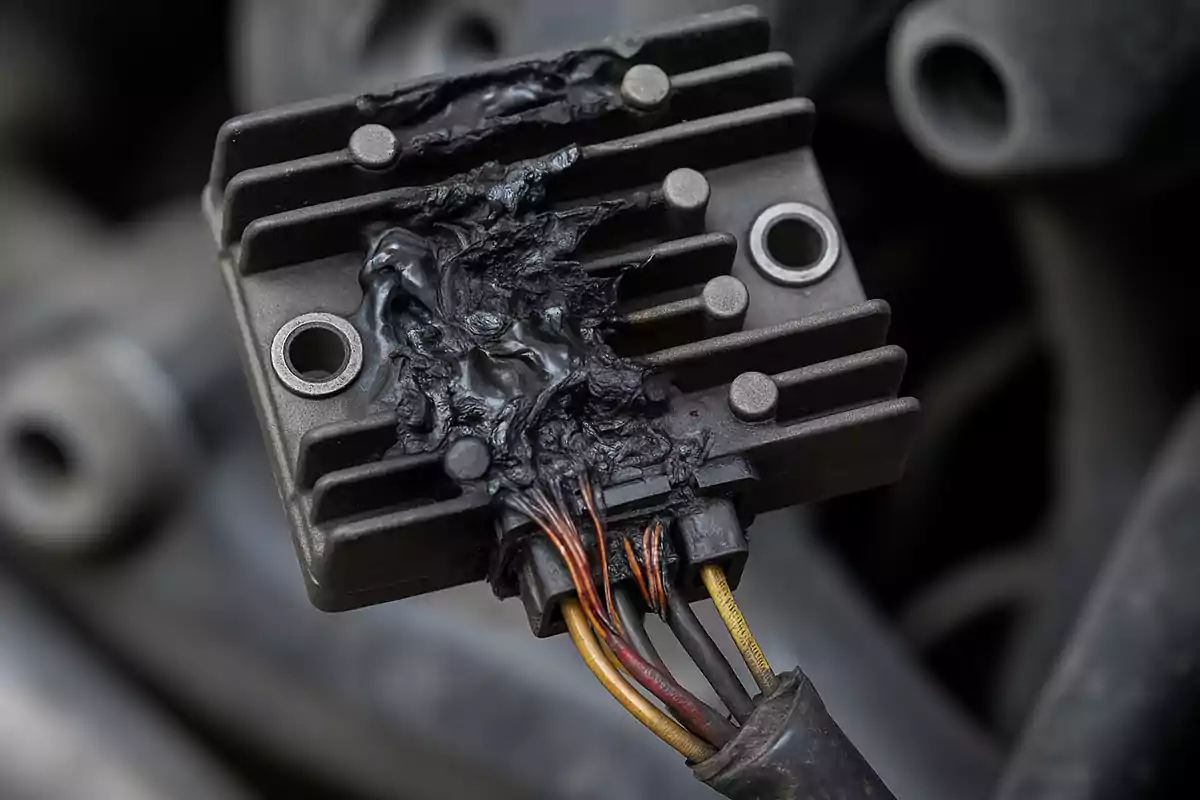
-Faulty regulator: it's responsible for delivering the correct voltage to the battery, no more, no less. Regardless of the engine's rpm.
If the lights flicker or vary in intensity, it's because it's not working properly. It will end up ruining the battery and can also damage other components.
-Proper spark plugs: follow the reference and heat range indicated by the manufacturer. Installing improper spark plugs can cause faulty starts or even serious engine damage. If the heat range doesn't match, the tip of the spark plug can melt and fall into the cylinder, causing the damage you can imagine.
-Spark plug replacement: replace them when needed, even if the motorcycle starts well. Wear is progressive and doesn't always give warning.
Bulbs and fuses: small but essential
Although they usually last a long time, it's advisable to carry basic spares (headlight bulb, taillight, and fuses). Remember:
-Always use bulbs with the correct specifications for your motorcycle. The electrical system is designed based on consumption determined by its components. If you change any, even a bulb, problems can arise like blown bulbs or errors in the turn signal speed.
-A fuse blows to protect the circuit. Replacing it with one of higher amperage can cause serious damage to the electrical installation, since it will allow more current to pass than the components it protects can handle.
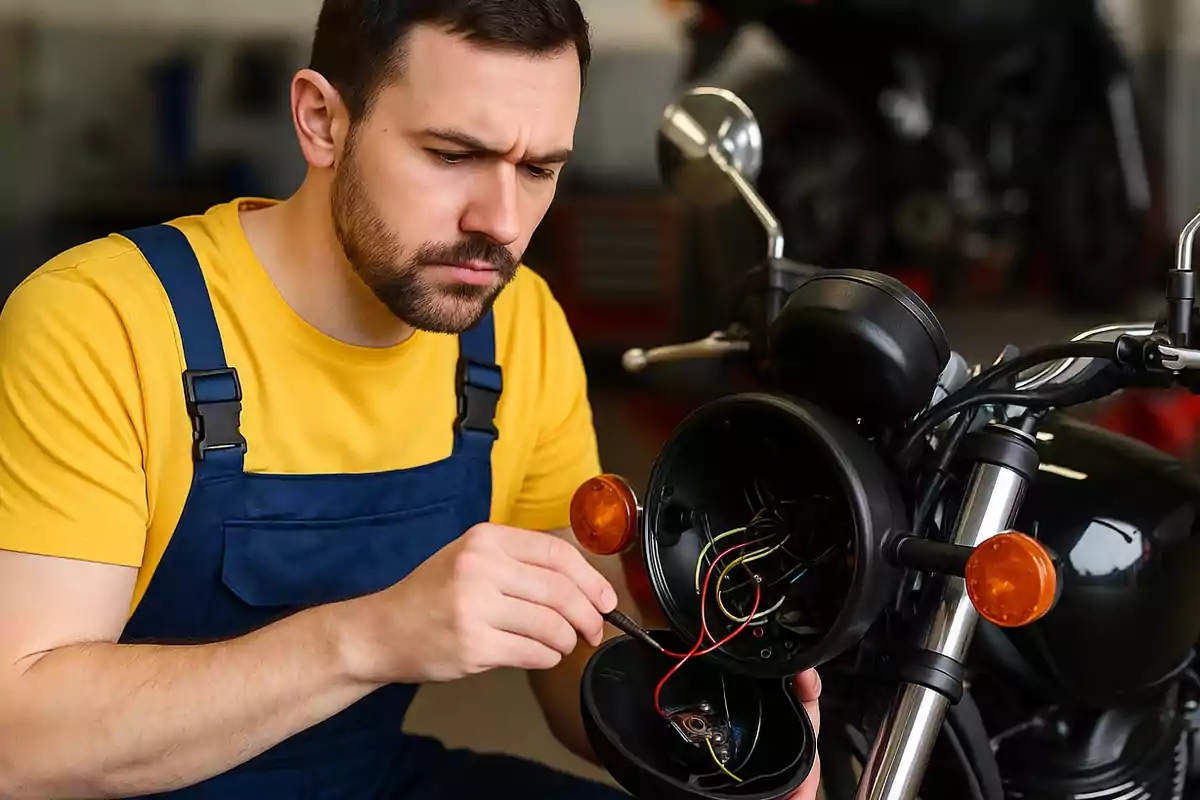
Wiring and connections: avoiding installation problems
In modern motorcycles, wiring rarely fails without prior tampering or an accident. However, to prevent electrical failures in the motorcycle:
If you install accessories, take the current from a safe point, preferably from the battery.
Use sheathed cables, proper terminals, and protections like heat-shrink tubing.
Always install a fuse in any additional installation.
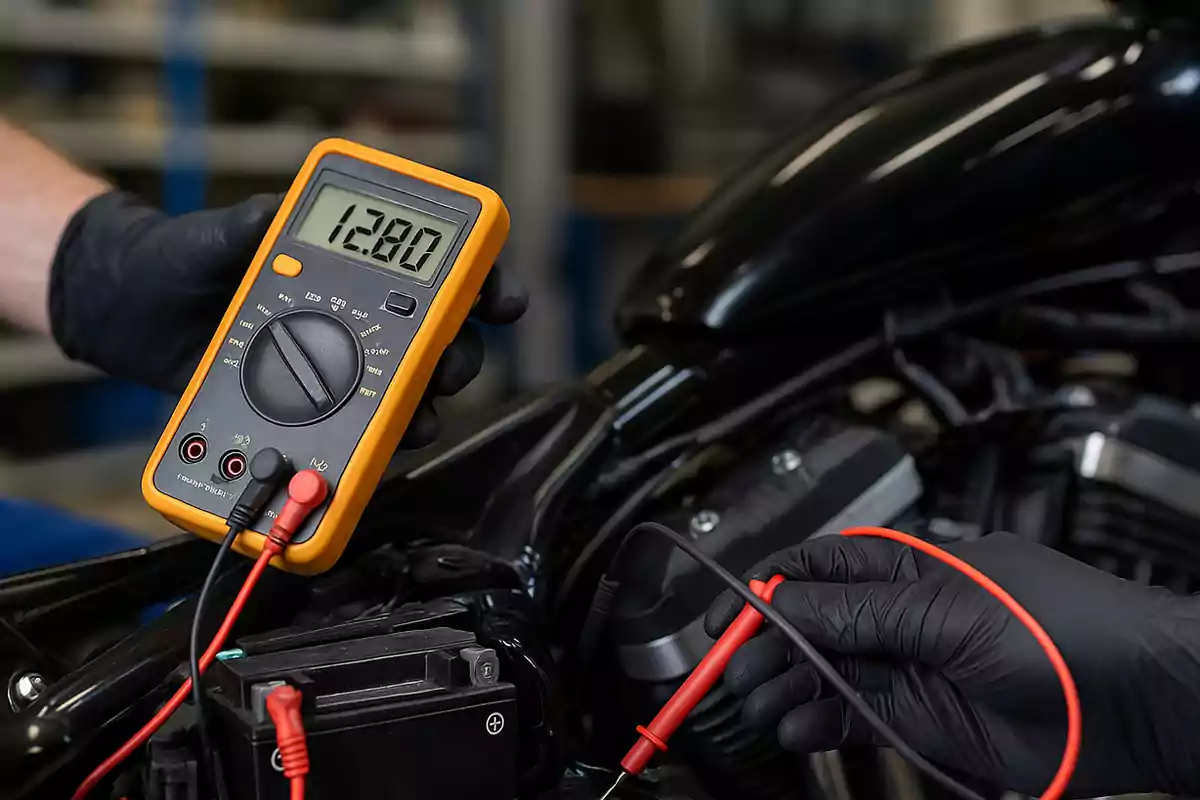
Switches and microswitches: discreet but key
Your motorcycle has main power switches on the ignition and on the left control cluster.
It also has microswitches on the levers, brake pedal, neutral sensor, kickstand, and in some cases, on the clutch.
They're the ones that prevent the motorcycle from starting without engaging the brake, the clutch, or with the side stand down.
Although they don't usually fail, if you detect a bad contact, try cleaning it with a dielectric spray.
Even so, it's likely that, over time, you'll need to replace the part to avoid recurring problems.
More posts: